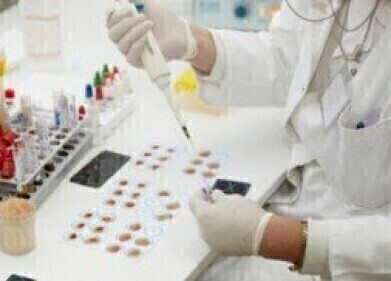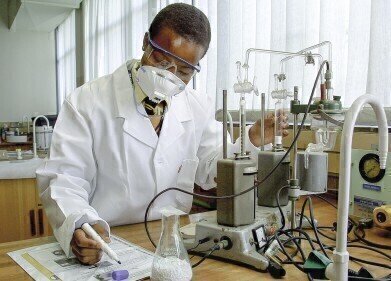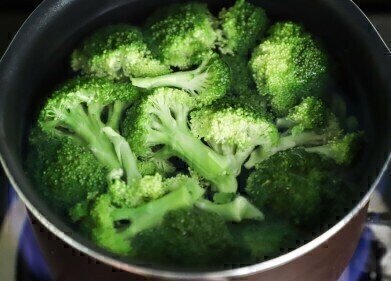Help Desk
What Creates the Pear Aroma in Some Wines? — Chromatography Explores
Jul 25 2018
On the surface, wine is an incredibly simple and straightforward drink. Harvest and crush some grapes, add a few basic ingredients and leave to react. Drink and enjoy. But beneath the surface, wine is an incredibly complex drink that has the ability to arouse intense passions — and this can be down to the amazing aromas and flavours that are released when you sip from a glass of wine.
The flavours you experience come from the taste and aroma receptors in your mouth and nose interacting with the volatile flavour molecules released from the wine. The components that work together to create these flavours include grape variety, region, local climate and the skills of the winemaker. But what kind of substances create these aromas and flavours in wine?
A subjective experience
Of course, like many things, wine aromas and flavours are incredibly subjective. A recent paper published in the Journal of Food Quality reports on a study carried out by researchers in Austria. In the study — The Pear Aroma in the Austrian Pinot Blanc Wine Variety: Evaluation by Means of Sensorial-Analytical-Typograms with regard to Vintage, Wine Styles, and Origin of Wines — the researchers used headspace solid-phase microextraction gas chromatography mass spectroscopy to analyse wine for the compounds responsible for pear aroma. Like many chromatographic analyses, the study authors had to prepare their samples, a chromatography topic discussed in the article, Issues with Sample Preparation.
To describe wine aromas, some modern studies commonly rely on trained panels of wine experts. Descriptors of wine aromas depend on the ability of the wine experts to agree on a descriptor. The quality of training and experience of the experts thus plays a factor in coming to agreement. Another method is to use larger consumer panels separated in age groups, with agreement of a fixed percentage of panel members needed to classify a wine as having a certain aroma.
Pears in wine — it’s the esters
The study authors were interested in the pear aroma associated with Austrian Pinot blanc wines by consumers. They analysed over 100 wines from vintages 2013-2016 using HS-SPME-GC-MS and found over 100 aromatic substances. From these they managed to find eight short- and middle-chain ester compounds as the main contributors to pear aroma.
The overall pear-specific odour activity value (OAV) — a measure of the potency of an odour in terms of the concentration of a volatile compound to its detection threshold by the nose — ranged from 32 to 147. The largest contributor to this OAV was found to be isoamyl acetate, ethyl hexanoate and ethyl decanoate. The report authors suggest that with further work it would be possible to attribute certain ‘pear-flavours’ with certain regions.
Would you like to visit the ‘exotic pear candy’ region of Austria?
Events
Jan 20 2025 Amsterdam, Netherlands
Feb 03 2025 Dubai, UAE
Feb 05 2025 Guangzhou, China
Mar 01 2025 Boston, MA, USA
Mar 04 2025 Berlin, Germany












